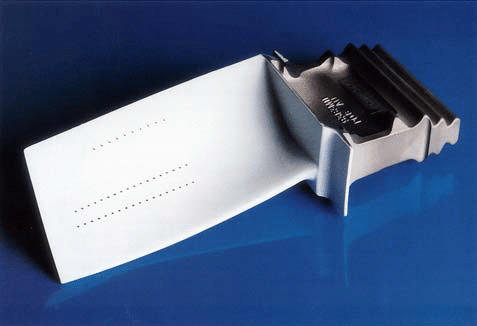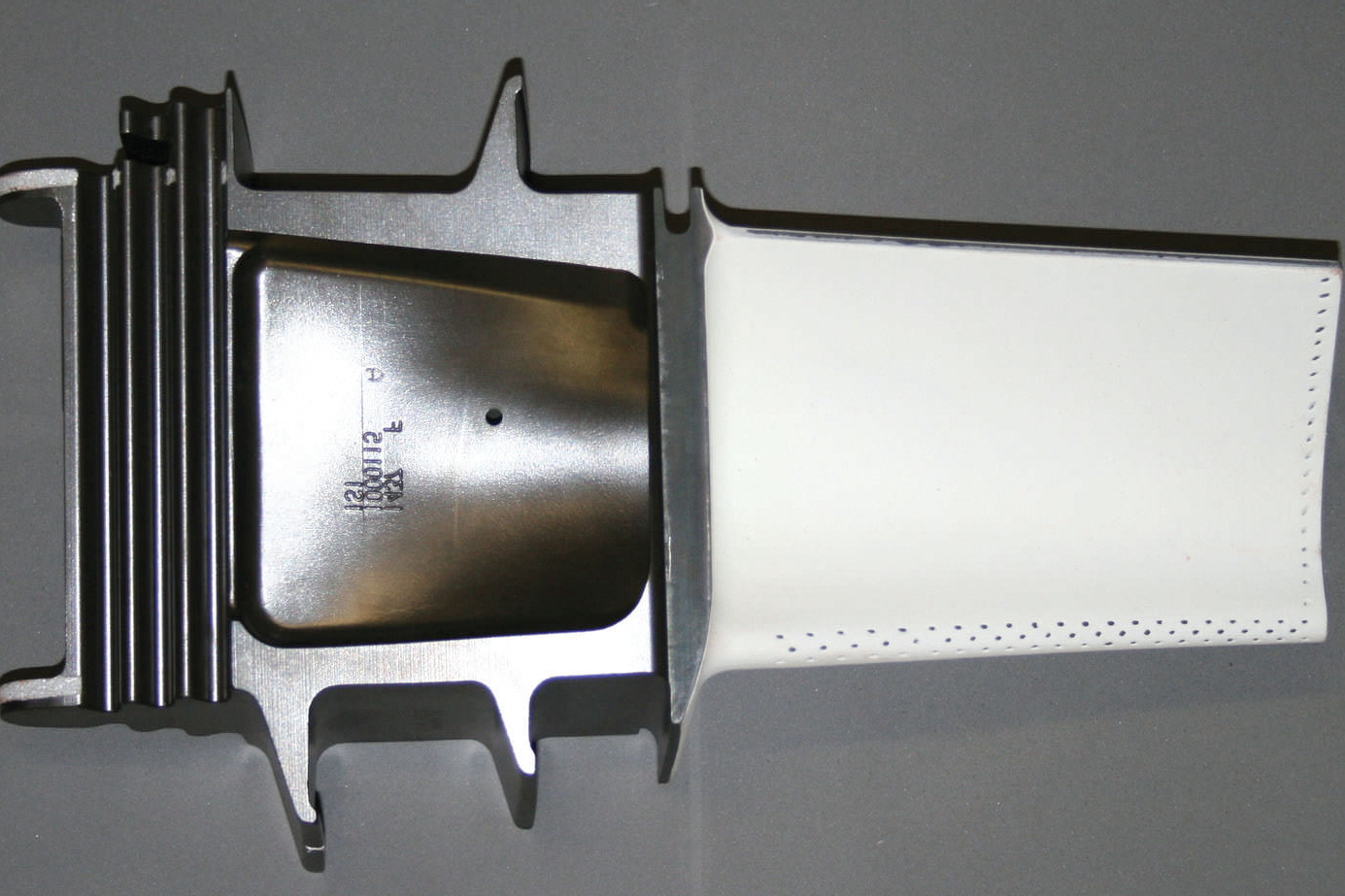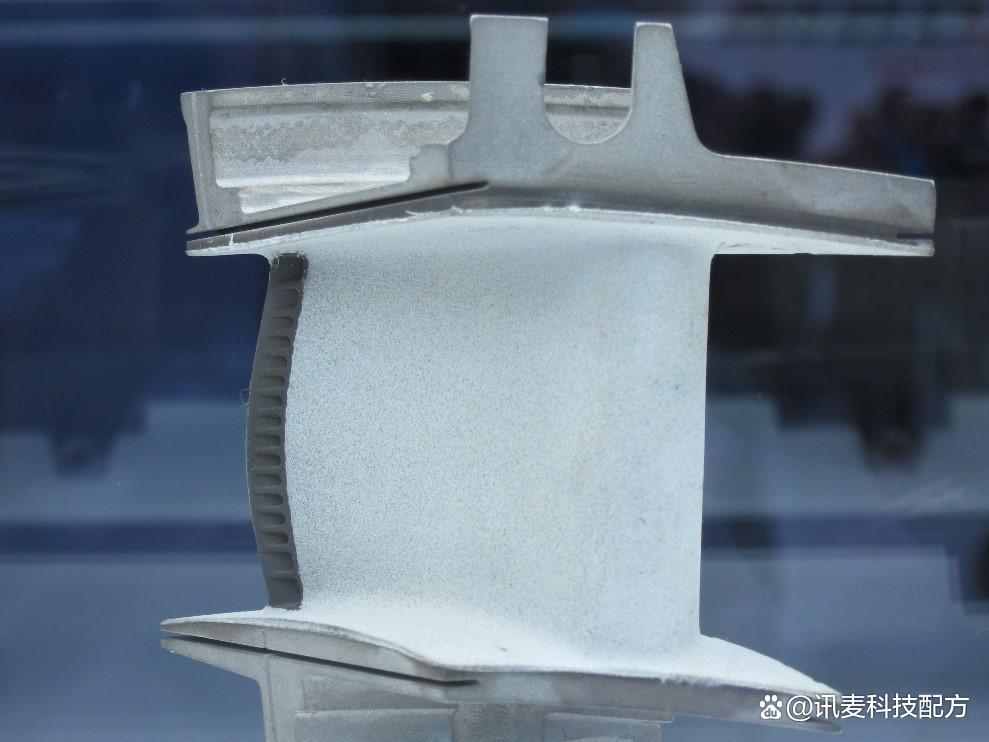Which materials benefit most from TBC for oxidation/ corrosion resistance?
What Materials Benefit Most from TBC for Oxidation and Corrosion Resistance?
Superalloys (Inconel, Hastelloy, Haynes)
Nickel- and cobalt-based superalloys such as Inconel 625, Inconel 718, Hastelloy X, and Haynes 230 benefit significantly from Thermal Barrier Coatings (TBCs). These materials are often used in aerospace turbines and energy systems where exposure to hot combustion gases leads to oxidation and sulfidation. TBCs protect superalloys by forming a thermal and chemical barrier that limits oxygen diffusion and prevents scale formation, preserving structural integrity under prolonged high-temperature operation.
Titanium Alloys
Titanium alloys like Ti-6Al-4V and Ti-6Al-4V ELI are widely used in automotive exhaust systems and aerospace engine parts. Although titanium forms a stable oxide layer, it is vulnerable to oxidation acceleration and surface embrittlement above 600°C. TBCs extend its operating range and enhance corrosion resistance in oxidizing and high-humidity environments, improving durability and maintaining mechanical properties.
Tool Steels
Tool steels such as Tool Steel H13 and M2, used in high-pressure dies and turbine mold tooling, are susceptible to thermal softening and scaling. When used in Powder Bed Fusion manufacturing and exposed to thermal cycling, TBCs significantly improve oxidation resistance and slow down diffusion-based surface degradation, especially under intermittent combustion conditions.
Ceramic Substrates
Although ceramics like Zirconia and Alumina are inherently resistant to heat and corrosion, they benefit from top-layer TBCs in plasma environments and molten metal processing. Applied coatings reduce material erosion and chemical attack, extending their performance in extreme industrial settings.
Recommended Services for TBC-Protected Materials
Neway supports oxidation-resistant part production with precision printing and coating technologies:
High-Performance Material Printing:
Superalloy 3D Printing: For turbine, combustor, and exhaust parts exposed to oxidizing environments.
Titanium 3D Printing: For lightweight structural parts needing oxidation protection.
Carbon Steel 3D Printing: For molds and thermal tooling with surface exposure.
Ceramic 3D Printing: For high-temperature process parts requiring additional resistance.
Surface and Structural Enhancements:
Thermal Barrier Coatings (TBC): Protects surfaces from chemical degradation and heat.
Heat Treatment: Improves oxidation resistance via microstructure refinement.
Hot Isostatic Pressing (HIP): Consolidates internal porosity before coating for optimal strength.



